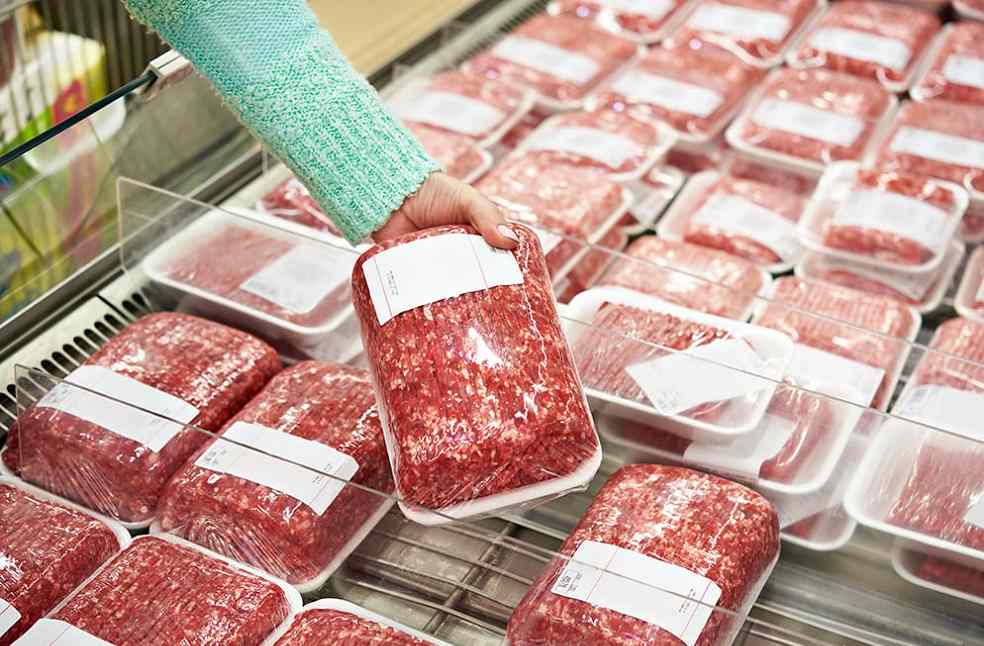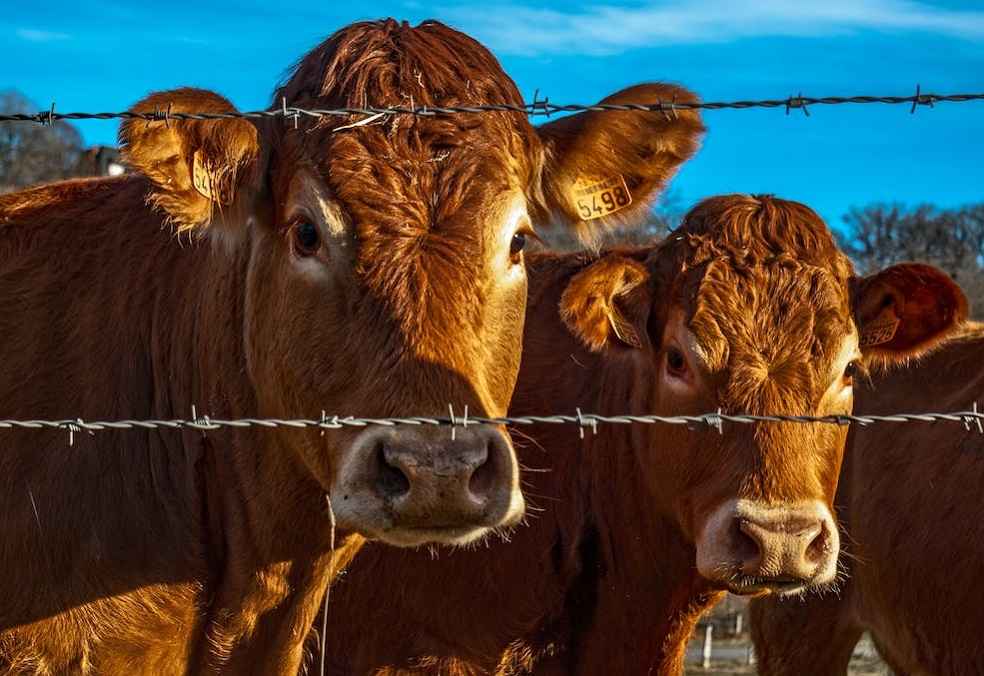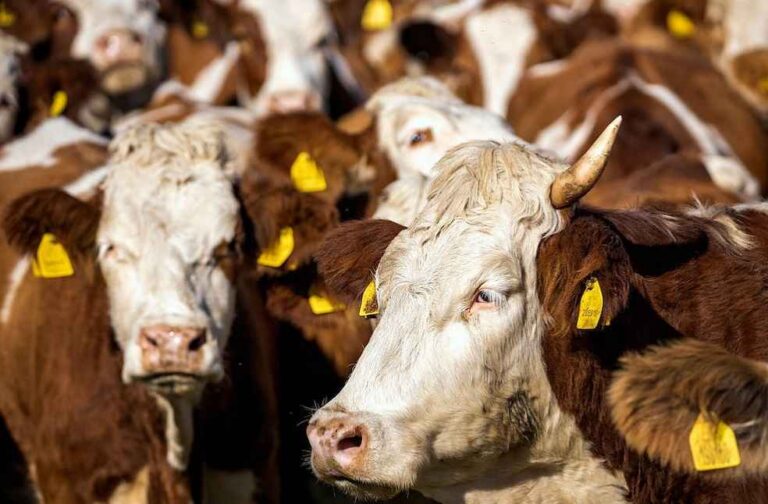Australia is experiencing a surge in beef exports as the shrinking US cattle herd creates new opportunities. At Monbeef, a slaughterhouse owned by Bindaree Food Group, production has increased to 200 cattle per day, up from 30-40 two years ago. Livestock manager Ryan McDonald noted strong US demand driving up prices for cattle and meat.
A drought in the US has reduced cattle numbers to their lowest since the 1950s, prompting increased imports and reduced exports. Analysts expect US beef exports to fall further as farmers rebuild herds, giving Australia a growing market opportunity.

Australia, with plentiful cattle after wet years, benefits from tariff-free access to key markets like the US, Japan, and South Korea, unlike South American rivals restricted by foot-and-mouth disease concerns.
Australia’s beef exports to the US have soared from an average of 11,000 tons per month in 2022 to nearly 40,000 tons in August 2023, boosting its share of US imports from 12% to 22%. Market share in Japan, South Korea, and China has also risen as US exports decline.

Meat & Livestock Australia projects exports will reach a record 1.36 million metric tons in 2024. However, US cattle numbers are expected to recover by the late 2020s, which could reverse Australia’s gains.
For now, Australia’s beef industry is thriving. JBS, the country’s largest processor, reported a 57% rise in earnings, while farmers like George King are benefiting from strong international demand and stable cattle prices.
LOGISTICS INDUSTRY | Ukraine Seeks IMO Support as Russian Attacks Threaten Black Sea Ports



